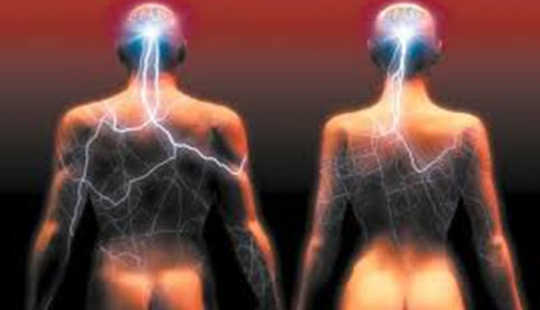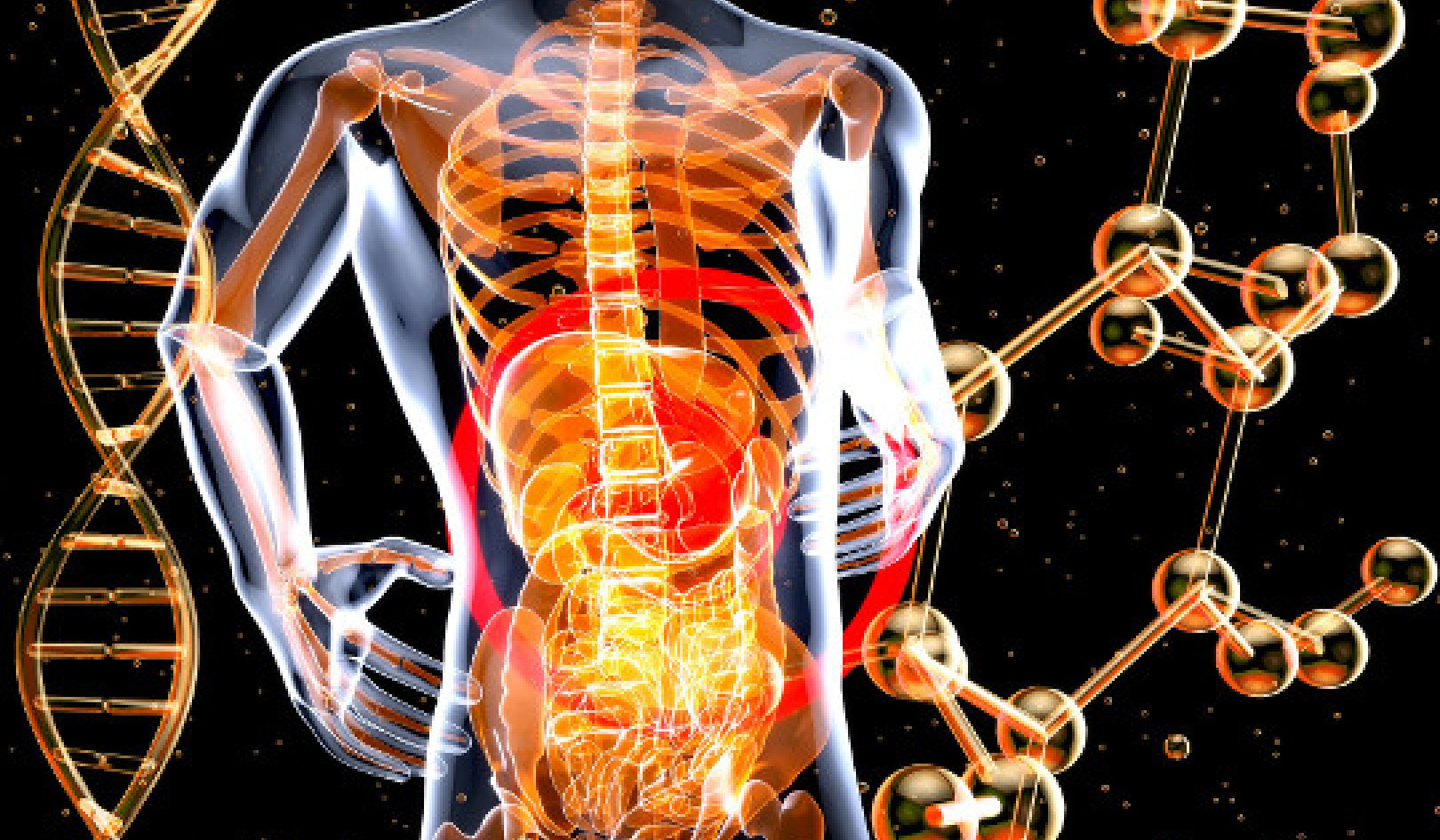
Neuroscientists have found a key molecular difference between males and females in how synapses are regulated in the hippocampus. The findings suggest that female and male brains may respond differently to drugs, such as endocannabinoids, that target synaptic pathways.
“The importance of studying sex differences in the brain is about making biology and medicine relevant to everyone, to both men and women,” says Catherine S. Woolley, senior author of the study published in the Journal of Neuroscience and a neurobiology professor at Northwestern University. “It is not about things such as who is better at reading a map or why more men than women choose to enter certain professions.”
Currently, about 85 percent of basic neuroscience studies are done in male animals, tissues, or cells.
A drug called URB-597, which regulates a molecule important in neurotransmitter release, had an effect in females that it did not have in males, the research shows. While the study was done in rats, it has broad implications for humans because this drug and others like it are currently being tested in clinical trials in humans.
“Our study starts to put some specifics on what types of molecular differences there are in male and female brains,” Woolley says.
“We don’t know whether this finding will translate to humans or not,” Woolley says, “but right now people who are investigating endocannabinoids in humans probably are not aware that manipulating these molecules could have different effects in males and females.”
Same Drug, Different Effect
Specifically, Woolley and her research team found that in female brains the drug URB-597 increased the inhibitory effect of a key endocannabinoid in the brain, called anandamide, causing a decrease in the release of neurotransmitters. In male brains, the drug had no effect. (The difference is not related to circulating reproductive hormones.)
The subject of many clinical trials, endocannabinoids are molecules that help regulate the amount of certain neurotransmitters released at synapses, the gap between neurons. Their name comes from the fact that endocannabinoids activate the same neural receptors as the active ingredient in marijuana.
These molecules are involved in a variety of physiological processes, including memory, motivational state, appetite, and pain as well as in epilepsy.
Understanding what controls the synthesis, release, and breakdown of endocannabinoids has broad implications both for normal and pathological brain function, Woolley says.
We Are Not Doing Women’s Health Any Favors
For 20 years, Woolley actively avoided studying sex differences in the brain until her own data showed her that differences between females and males were real. Her discovery, reported in 2012, that estrogens decreased inhibitory synaptic transmission in the brains of female rats but not in males, changed her thinking.
“Being a scientist is about changing your mind in the face of new evidence,” Woolley says. “I had to change my mind in the face of this evidence.”
Building on these earlier findings, Woolley and her team used a series of electrophysiological and biochemical studies to pinpoint what causes this effect. The researchers found the difference between males and females lies in the interaction between the molecules ERalpha and mGluR1. Details of the molecular pathway are reported in the new study.
To find out what is the same and what is different between males and females, scientists need to study both sexes, Woolley maintains. Currently, about 85 percent of basic neuroscience studies are done in male animals, tissues, or cells.
“We are not doing women—and specifically women’s health—any favors by pretending that things are the same if they are not,” Woolley says. “If the results of research would be different in female animals, tissues, and cells, then we need to know. This is essential so that we can find appropriate diagnoses, treatments, and, ultimately, cures for disease in both sexes.”
The National Institutes of Health supported the research.
Source: Northwestern University
Related Books:
at InnerSelf Market and Amazon


























